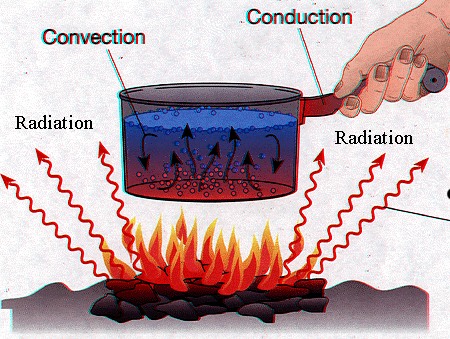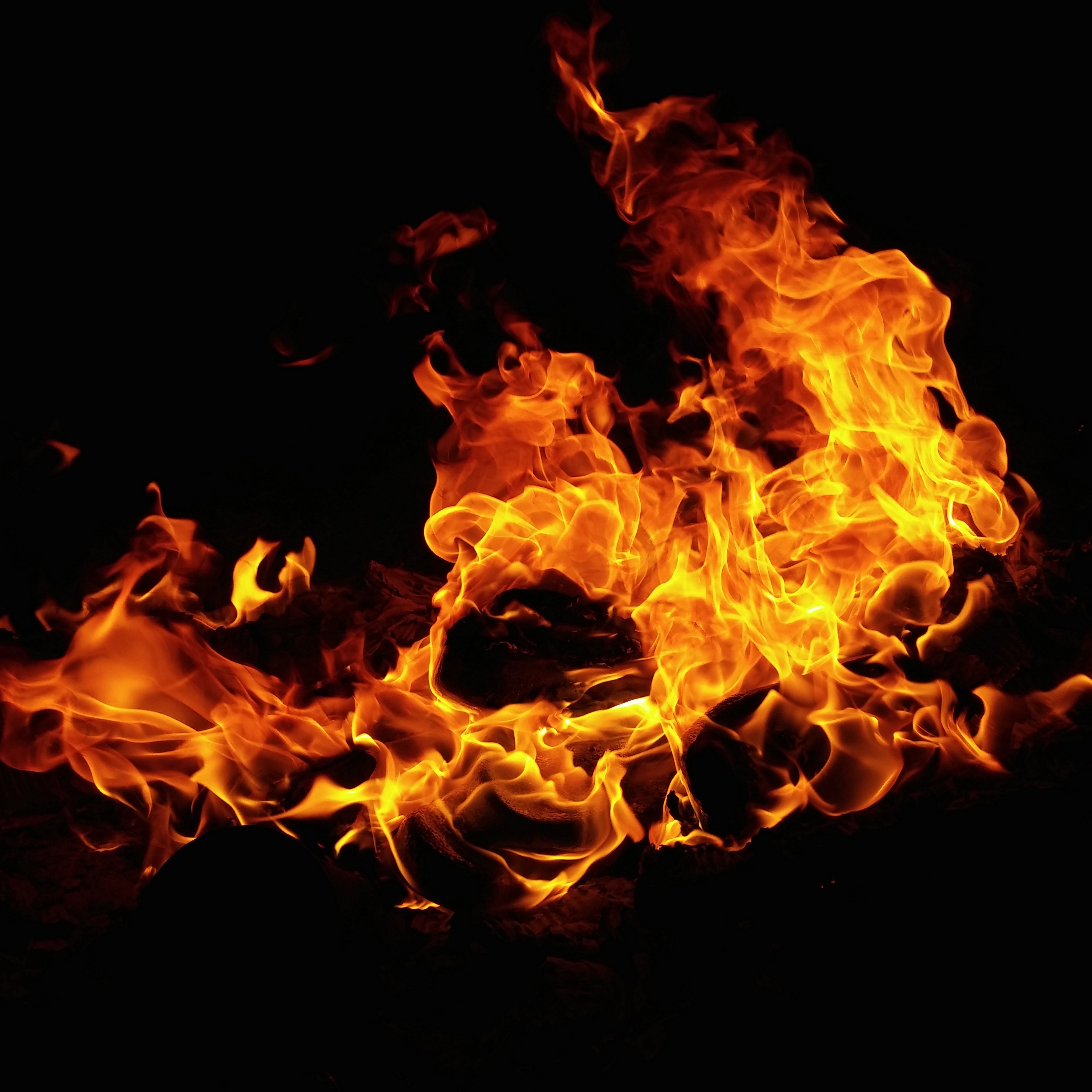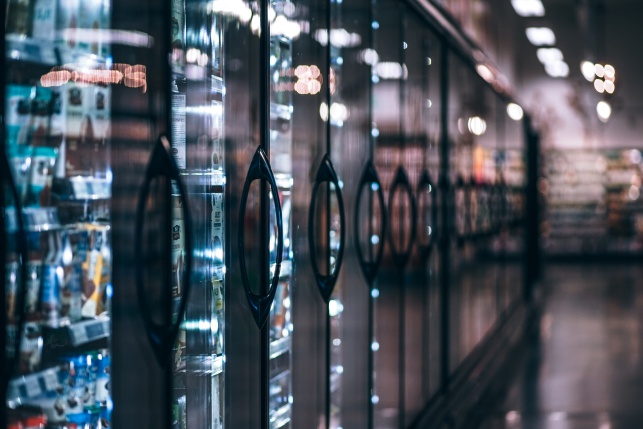We know that cooking gets the food hot. It makes what is otherwise unsafe to be consumed raw, safe to eat.
In order to do so, food has to be put in an oven or on the stovetop and be subjected to a source of heat. When the heat transfers from something that is hot, such as a flame or a pot of boiling water, to the food, this process is called heat transfer.
There are three types of heat transfer: conduction, convection and radiation. What distinguishes them is the manner in which the heat in transferred. Without a medium, heat cannot be transferred.
The different ways that heat transfer can be accomplished determines how the food is cooked and what the end result will be.

Heat is transferred via liquids and gases. Fast moving molecules of the convection medium collide with the slower molecules in the food and heat them up.As warmer areas of a liquid or gas rise to cooler areas, it forms a continuous circulation pattern.
These convection currents can be observed when water is boiling in a pot.
Convection that takes place through air occurs in a convection oven. Compared to traditional ovens, ovens using convection are usually the better choice as it has fas to circulate the air around. On the contrary, traditional ovens mostly rely on radiation off the oven walls and is therefore a more eficient method of heat transfer. It heats food faster and reduces cooking times by at least 25%.
Below are some examples of convection heating.
- Baking and roasting
- Boiling and steaming
- Running cold water over frozen food, which transfers heat into the food to thaw it more quickly
Heat is transferrred via electromagnetical waves. This method of heat transfer does not rely upon any contact between the heat source and the heated object, unlike the other two.
When heat is transmitted though empty space by thermal radiation, it is also called infrared radiation. For instance, when you hold your hand near glowing coals or a stovetop burner, the heat you feel is infrared.
Microwave is also radation-based, utilizing short, high-frequency waves to penetrate food. Aa a result, it usually cooks food faster than infrared radiation, since it is able to penetrate foods several inches deep. It works best for cooking small batches of food.
Conduction
Heat is transfered via solid material. What this means is the two substances are in direct contact with each other.
The better the conductor, the more rapidly heat will be transferred. Metal is one such good conductor of heat.
When a substance is heated, particles will gain more energy, and vibrate more. These molecules then bump into nearby particles and this allows for the energy to be transferred. This is how heat is passed from the hot end down to the colder end.
In order for food to be in uniform contact with heat, fat or oil is used during cooking.
Below are some examples of conduction heating.
- Grilling steak, chicken breasts, or pork chops
- Using ice water to blanch vegetables after steaming to keep them from losing their color



